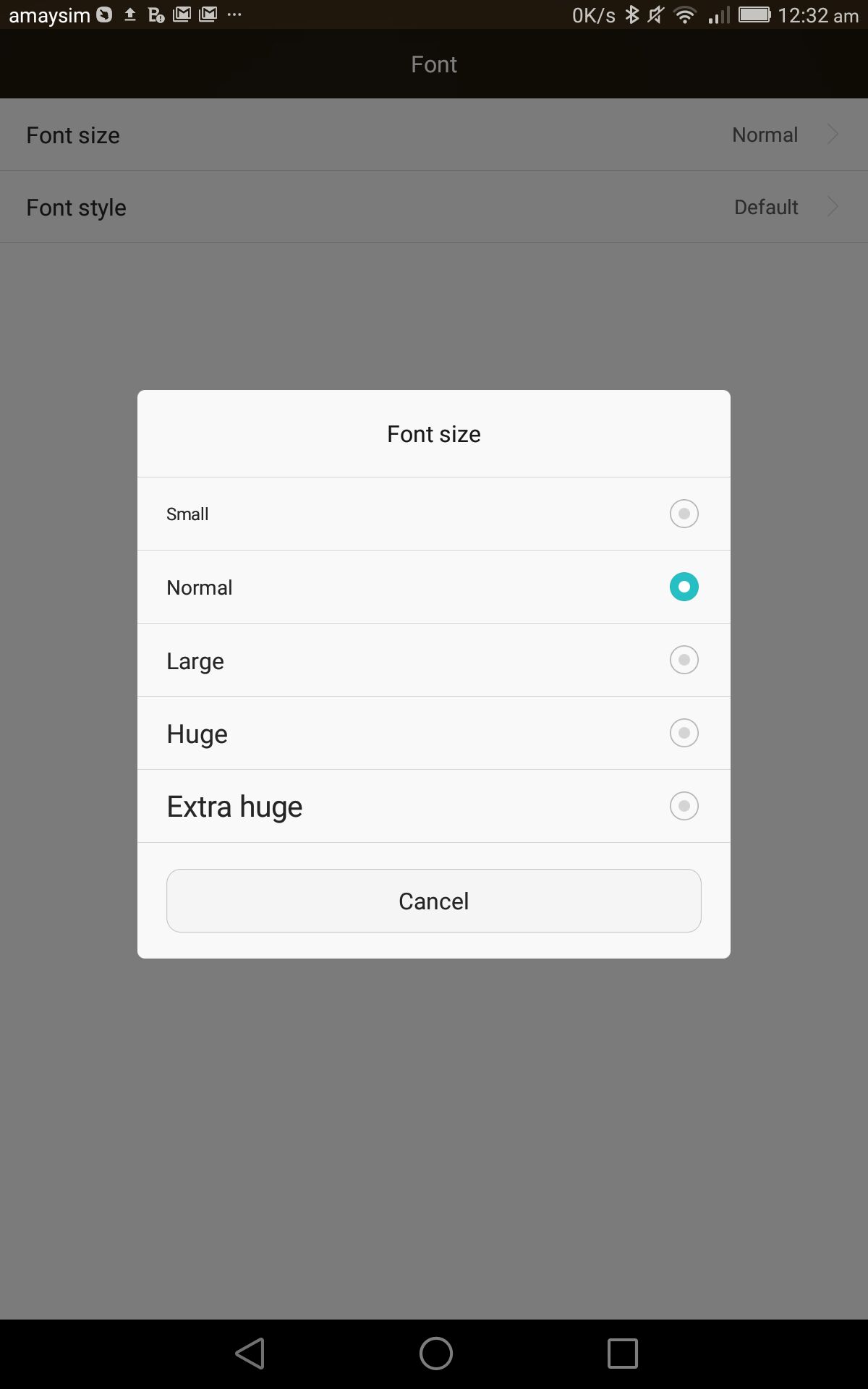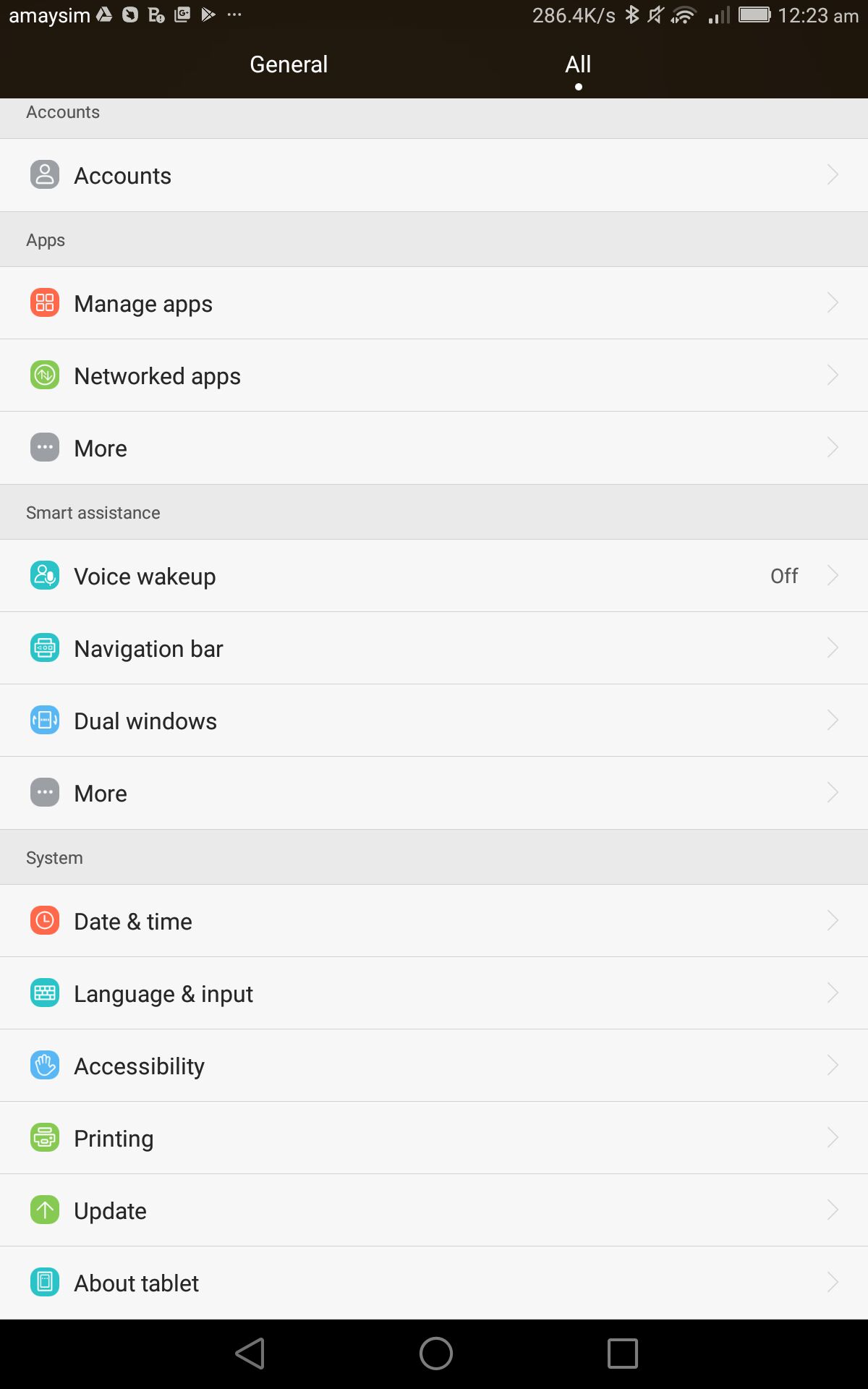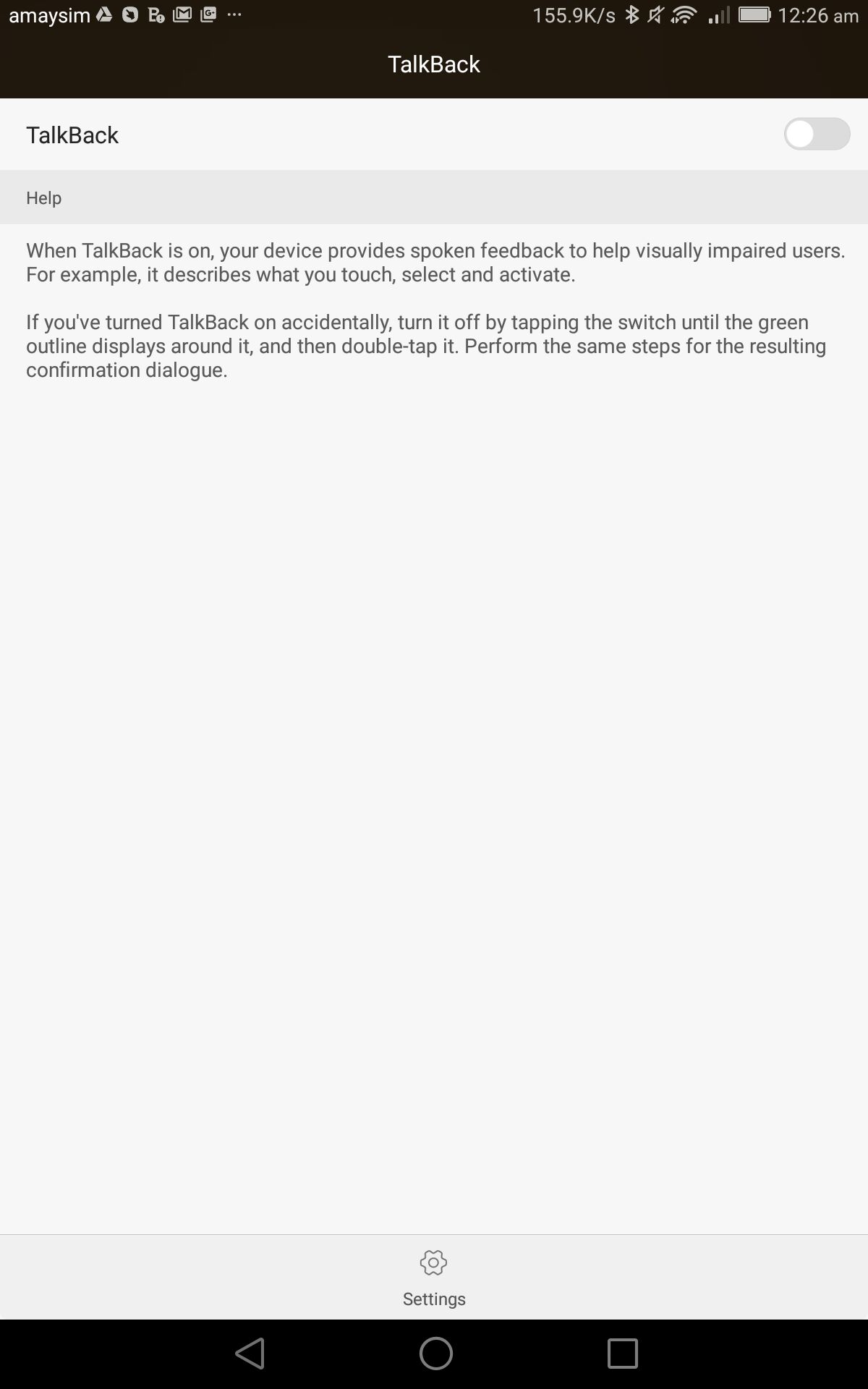Most likely, one of your children or grandchildren gave you a hand-me-down smartphone so that ‘you can keep in touch’, but in most cases, they wouldn’t have explained how to use it. So, in this article, I am going to show you how to set up your smartphone or tablet so that it is easier for you to use.
The main problem with both smartphones and tablets is that they were specifically designed for young adults, with perfect eyesight, and perfect hearing. Unfortunately, most of us seniors, and I am a ‘baby boomer’ myself, don’t have perfect eyesight, or hearing, and a lot of us have arthritis in our fingers, so we need to customize the phone to suit our needs. Also for those living with disabilities, having the ability to customise your device to suit your individual needs can help improve accessibility. Luckily that is easy enough to do, whether you have an iPhone or iPad, or an Android phone or tablet, the steps are all similar.
Firstly, let’s take care of the problem of tiny little text on the screen. Great for youngsters, but not for us. So, if you turn on your phone or tablet, then find the option for Settings or Options, depending on your device. On Androids, it usually looks like a cog. If you tap on the icon (the little picture) it will bring up lots of options. The one we are looking for is either Fonts or Font Size, depending on your device, and it may be hidden under Accessibility. Once you find it, you should get something like this:

You can see that by default it is set to Normal. Try setting it to Large and see if the text is big enough for you, if not set it high enough so that the text is a comfortable size for you to read.
While we are in Accessibility settings, there are a lot more options to help us. For example, we can turn on Text to Speech, which reads out all of the text for you. There will also be an option to do the opposite, which is to speak and have the speech turned into text, which is great for people with arthritic fingers. You can now answer your grandchildren’s emails by just recording the replies.

If you tap on the Accessibility and Language & Input options as above, you should find all of these options. You will find options for Voice Input, Text to Speech, and on a lot of devices, an option called Talkback, which describes what is on your screen when you touch it, which is great for visually impaired seniors.

Hopefully, by now you can see that the smartphone or tablet is nothing to be afraid of, or frustrated with, once it is set up to suit your individual needs. Next time we will look at some apps that really will make your smartphone or tablet your new best friend, and could even save your life, so stay tuned.
Author
Terry Chadban is a ‘baby boomer’ who retired to the Mid North Coast of New South Wales in 2010. But word got out that he knew a thing or two about that ‘Internet thing’ and building websites, so before he knew it he was back in business, starting Port Macquarie Online Marketing in 2012.
Now he is busy teaching local businesses how to market their businesses online, while training younger marketers to replace him, so that he can resume his major reason for retiring in the first place, travelling the world!
